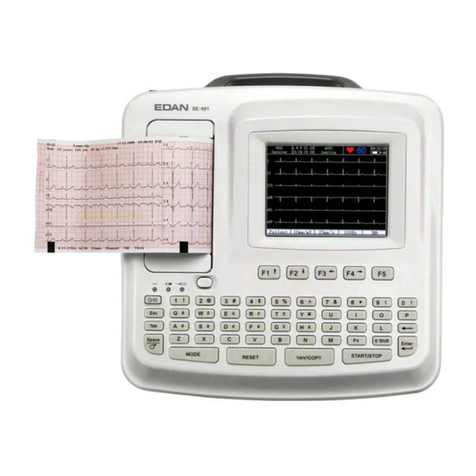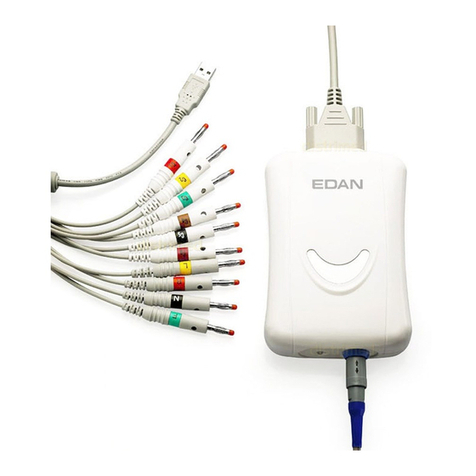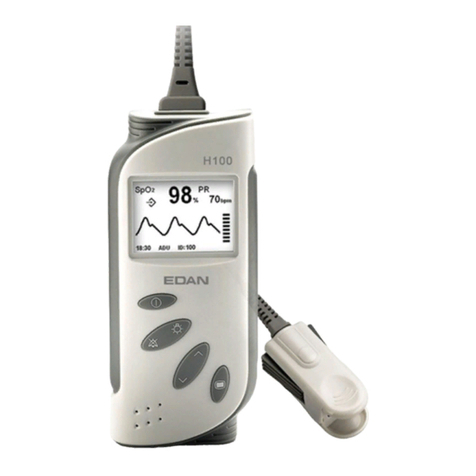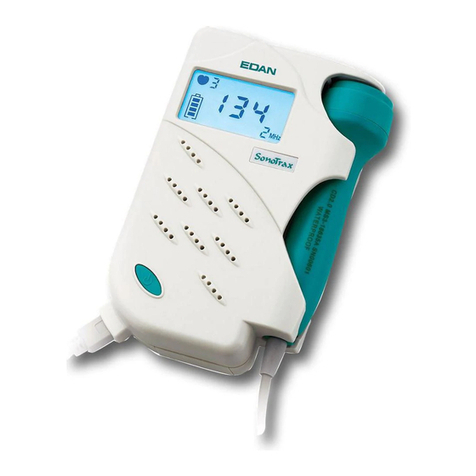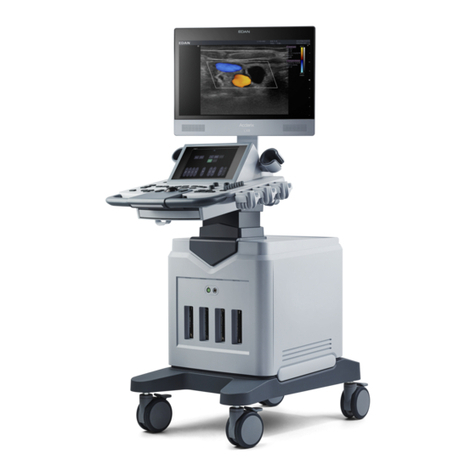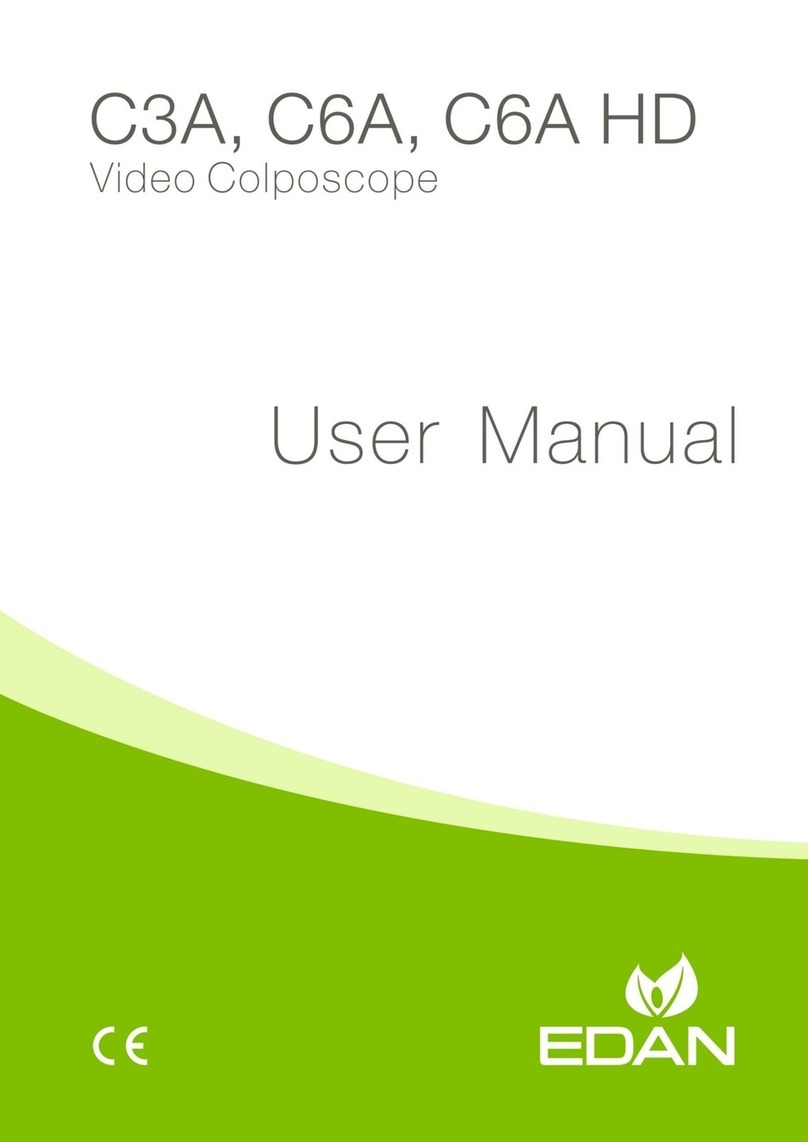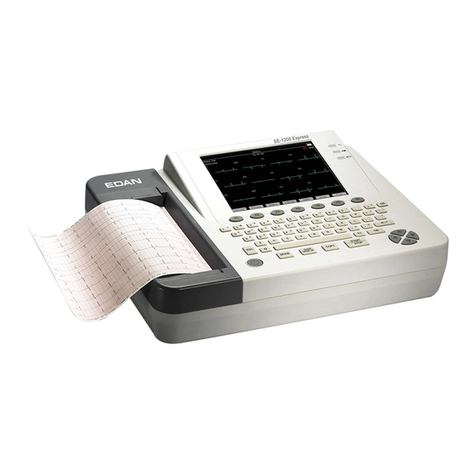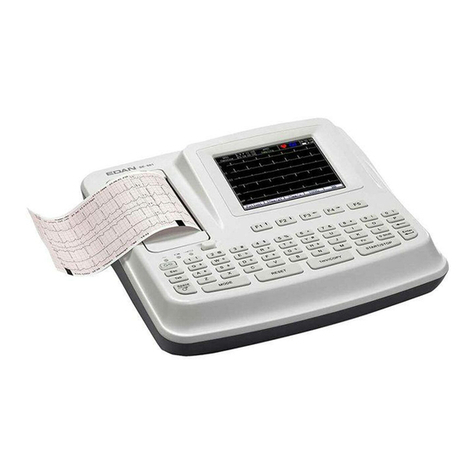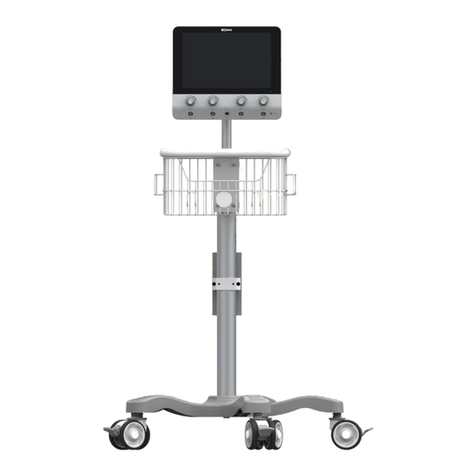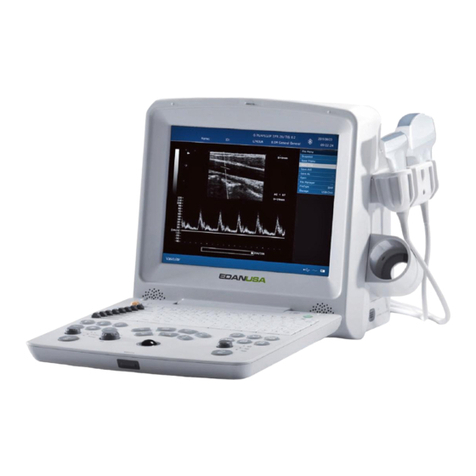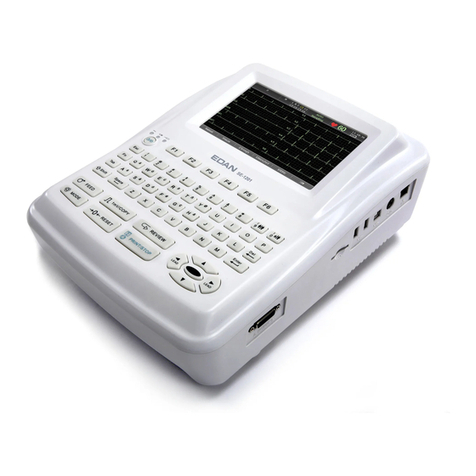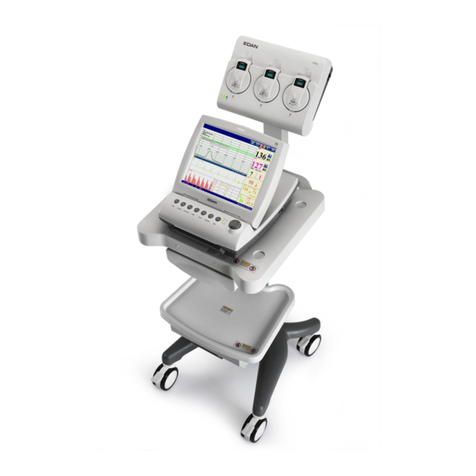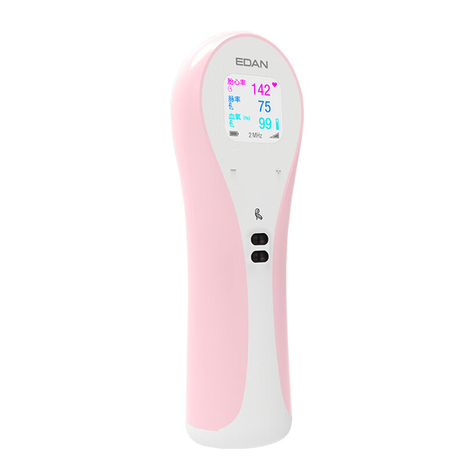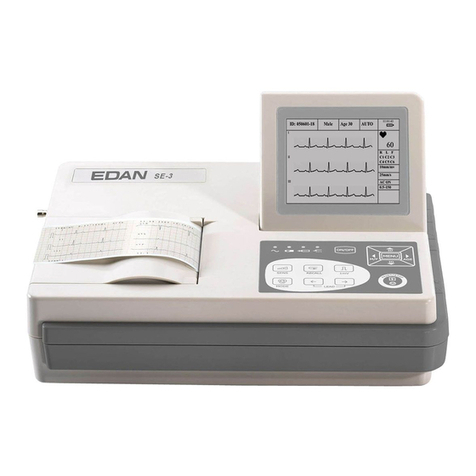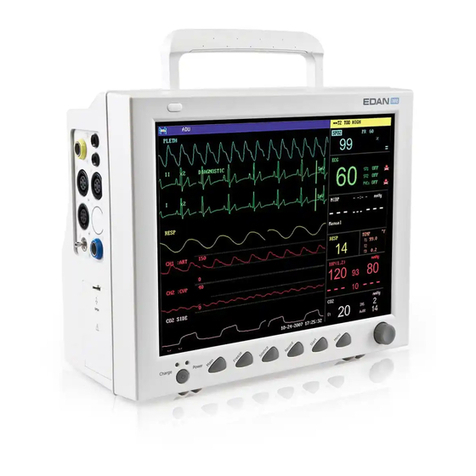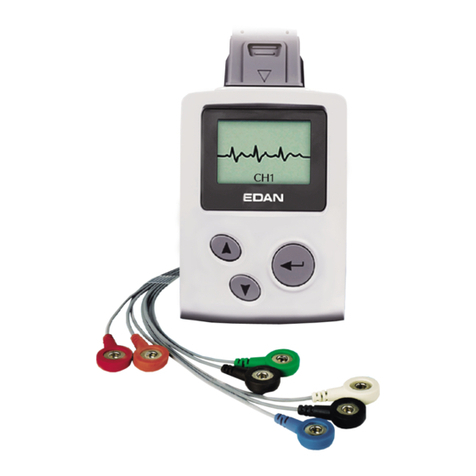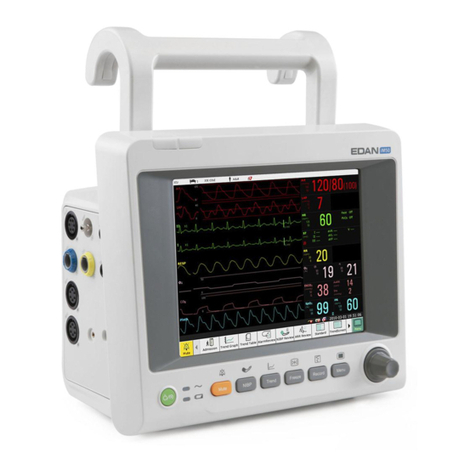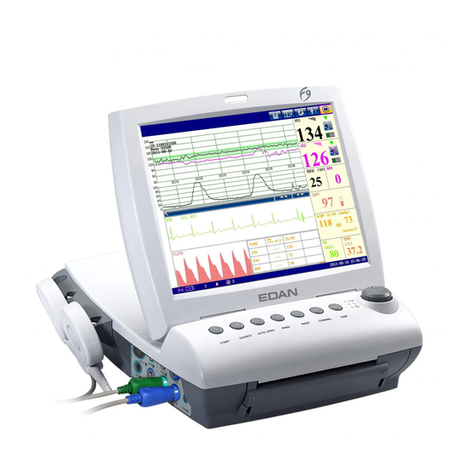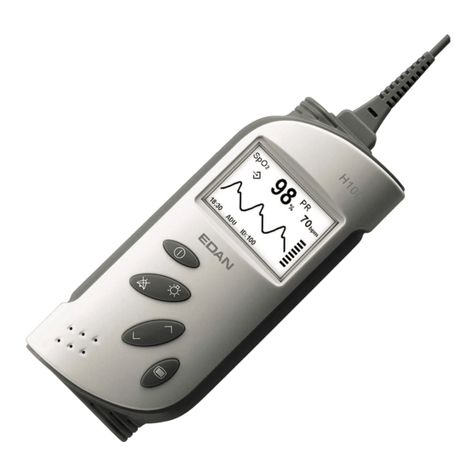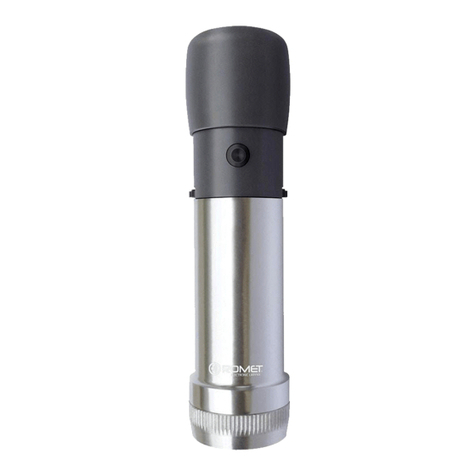IV
4.8 NIBP Setup...........................................................................................................................34
4.9 TEMP Setup .........................................................................................................................35
4.10 Alarm Setup........................................................................................................................35
4.11 Maintain .............................................................................................................................36
4.12 Data Storing .......................................................................................................................42
4.13 Sleep Mode.........................................................................................................................46
Chapter 5 Alarm...............................................................................................................................47
5.1 Alarm Modes........................................................................................................................47
5.1.1 Alarm Level...............................................................................................................47
5.1.2 Alarm Modes.............................................................................................................47
5.1.3 Alarm Setup...............................................................................................................49
5.2 Alarm Cause .........................................................................................................................50
5.3 Silence..................................................................................................................................50
5.4 Parameter Alarm...................................................................................................................51
5.5 When an Alarm Occurs ........................................................................................................51
5.6 Testing Alarms......................................................................................................................51
Chapter 6 Trend and Recording .....................................................................................................52
6.1 General Information on Recording ......................................................................................52
6.2 Recorder Operations.............................................................................................................52
Chapter 7 Maintenance/ Cleaning..................................................................................................54
7.1 System Check.......................................................................................................................54
7.2 General Cleaning..................................................................................................................54
7.3 Sterilization ..........................................................................................................................55
7.4 Disinfection..........................................................................................................................56
7.5 Replacement of Fuse............................................................................................................56
7.6 Cleaning Battery and Battery Compartment Cover .............................................................57
Chapter 8 SpO2Monitoring (Optional) .........................................................................................58
8.1 What is SpO2Monitoring.....................................................................................................58
8.2 Precautions during SpO2/Pulse Monitoring .........................................................................59
8.3 Monitoring Procedure ..........................................................................................................59
8.4 Limitations of Measurement ................................................................................................60
8.5 Alarm Setup Menu ...............................................................................................................60
8.6 Alarm Description ................................................................................................................62
8.7 Maintenance and Cleaning...................................................................................................63
Chapter 9 NIBP Monitoring (Optional) .........................................................................................65
9.1 Overview..............................................................................................................................65

